Intro
Meze Headphones is a company with a simple philosophy; Motivation, Values, People. With a passion for art and music, achieved through patience and dedication, Meze design timeless masterpieces. Ignoring current trends that come and go with the seasons, influenced by none, they create headphones as if for themselves. Consisting of passionate specialists, with backgrounds in sound engineering, design, crafting, and music, the team has stood by their company’s values since the beginning.
With the release of the well reviewed and highly regarded 99 Classics, Meze gave us something we didn’t even know we wanted; A gorgeous headphone with a fun yet timeless audiophile sound at a
very affordable price! Continuing on their success, Meze Audio went back to the drawing board and answered with the 12 Classics, an affordable IEM featuring both the timeless style of wood-metal fusion and the familiar warm yet crisp sound of the 99 Classics.
 Disclaimer
Disclaimer
As part of the review tour, the 12 Classics were provided to me by Meze in exchange for my honest opinion and review. It matters not how I obtained my pair, this review will be both honest and objective, free of hype and/or bias.
About Me
38 years old, I grew up in a family consisting of musicians, broadcaster/sound engineers, and amateur DJs, I always had a deep appreciation and understanding of both music and sound. I was further educated in this self interest after taking courses in both electronics and sound (Electro-Acousto aka The Path to Golden Ears). While I believe a listener’s preference in sound is subjective, the science behind it is not. I am not swayed by buzzwords, hype, trends, brand recognition, or big numbers on charts; I am the nemesis of the commissioned salesperson. Opinionated as I am, my words are not only objective but honest. I view all criticism as constructive, as long as it is sincere.
Specifications
- Transducer size: 8mm
- Transducer Type: Titanium coated mylar
- Copper-clad aluminium voice coil
- Frequency response: 16Hz - 24KHz
- Impedance: 16Ohm
- Sensitivity: 101dB (+/- 3dB)
- THD: < 0.5%
- Noise attenuation: Up to 26dB
- Plug Type: 3.5mm gold plated
- Cable: 7N OFC 1.2M

 Accessories
Accessories
- Leatherette carry case
- 4 pairs of silicone tips (S, M, L, Double flange)
- Genuine Comply 500 premium ear tips
- Cable clip

For more information and nice eye candy, head over to the
12 Classics website.
To read up on general discussion and impressions, check out the
official thread here.
Burn-in
40 hours is what is recommended by Meze, and I highly encourage anyone to give the 12 Classics at least that amount of time before any critical reviews. Bass becomes more controlled, less loose and bloomy, and treble detail definitely comes up a few notches. Overall, after burn-in the sound becomes less ridged and and more natural and balanced.
Design & Ergonomics
Similar in design and style, the 12 Classics can best be described as the love-child between the 11 Neo and the 99 Classics! Constructed of walnut wood and gunmetal aluminium, the 12 Classics are one gorgeous IEM! Every angle, every curve seem to be carefully thought out to add both stunning form and functionality! The main body is constructed by the same walnut wood as the 99 Classics, with the contrasting aluminium end caps being a dark gunmetal grey. The Meze Audio logo featured in white is present on the butt of each bud and is a nice touch, easily letting on-lookers know what are in your ears!


The stylish and sexy cable is thick, and very well reinforced. Despite the thickness, the cable it is very pliable that both hangs incredibly straight yet retains an invisible memory that allows for one to easily loop up for storage within the case. Rarely do I see a cable that falls so straight yet has no issues wanting to be wound up. Although the cable is non-removable, every entry point has a generous amount of reinforcement for strain relief. Whether is was dangling my iPod or ripping out the buds by the cable, never did I get a sense that a was putting too much stress for the connections to handle.

The in-line control talk module works as it should with no issue. The placement for me is at the correct position that easily allows me to reach blind and find the unit, as well I found the button itself to have a great tactile feel and quick response. My only issue is the fact that I both prefer and am accustomed to having the module on the left side. Not a negative, just a personal gripe. The mic also works equally well, with calls over wifi as well as Siri voice commands being easily audible and recognizable. The strain relieve on the module as well as the Y-split are of exceptional quality, allowing for easy movement and bending yet remain sturdy and rugged enough that much like the connections at the plug and buds, I foresee no issues with splits or breaks.

Cable microphonic noise is not too bad, especially considering the thickness of the cable, although it is noticeable and above average. This can easily be remedied with the included cable clip. When attached, microphonic noise is grounded and greatly reduced. While walking to the store or even riding my bike cable microphonic noise wasn’t too bad when using the clip, switching things up to a quick jog or even working out with free-weights will undoubtedly cause cable knocking and thus an increase in distracting noise. In my opinion, the 12 Classics are designed for portability, but in no way would I consider them to be suitable for “active” use.
The included ear tips are of decent quality. I wouldn’t call them super premium nor would I call them cheap, rather they are simply of high enough quality reflective off their price point. Each of the standard tips seem to be a happy average respective of their size. Comparing them to what other manufacturers include, I see no reason how the average person couldn’t find a size that works with their ears. Including a double flange tip is a nice addition, though personally I would have liked to see a triple flange set, going as far as including 2 sizes as it gives the user more fit and comfort options. The icing on the cake has to be the genuine Comply premium ear tips. Too many manufacturers include generic foam ear tips that seemingly last as long as my morning bus ride, so it is fantastic to see Meze going the extra mile and giving us quality!

For size comparison: Polk Nu Voe, Apple EarPod, 12 Classics
First Impressions
As part of the tour, I received both the 11 Neo and 12 Classics at the same time. I chose to listen to the 11 Neo first, and for those wanting to know my impressions, by all means check them out here. In short, the 11 Neo got the respectable nod of approval for their balanced, almost neutral (as one can get for a dynamic IEM) sound. As with all of Meze’s products, the presentation of of the box and packaging of the product makes one feel as if they are receiving a premium product; First impressions matter! The 12 Classic along with the carry case containing the accessories were nicely nestled in foam, and to add a bit of personality make up the shape of the Meze logo! Nice, and well done! Upon switching IEMs from the 11 Neo to the 12 Classics, I was greeted with the familiar sound of the 99 Classics, just in miniature form! Coupled with the unique quality of the walnut housing, the 12 Classics brought to a new refinement to essentially everything the 11 Neo did right!

Much like the 99 Classics, the 12’s brought the wow factor! As aforementioned the 12 Classics sounded like a baby 99 featuring controlled and well extended bass, smooth mids, and crisp, detailed treble combined with the earthy tonality of the walnut wood. It didn’t take too long for me to be swept away in the music, and as usual a couple of hours had passed! Once again Meze has magically enchanted their wood with faerie dust or trapped the spirit of a muse inside the casing because I didn’t want to take the 12 Classics out! Since I had already ran pink noise for 40 hours while I gathered impressions about the 11 Neo, I couldn’t use the excuse that I needed to listen for changes due to burn-in. But wait…
“ The walnut wood housing changes, slightly, over time in tone and contrast. Its mystery isn’t quick to vanish. “ Thanks Meze, you just justified me staying up past my bed-time… on a work night!
In all seriousness, for the next few days, during my downtime, the 12 Classics never left my ears. Normally I would go into analytical mode and start putting a pair of headphones/earphones through my gauntlet of tests, but the 12 Classics simply made me want to relax and enjoy the music! In all honesty it wasn’t until shortly before I started writing this review that I sat down, plugged the 12 Classics into my iCAN SE, and loaded up Audirvana with a few analyzing VST plug-ins enabled. Needless to say, right from the get go I was impressed with what I was hearing out of the 12 Classics!
Sound - The Basics
Bass - Much like all of Meze’s products, bass plays an prominent role in the overall sound of the 12 Classics. Mid bass can be described and tight, taut, and nimble. It has the ability to slam when it needs to yet remained controlled enough that I never had to listen hard to discern say the bass guitar from the bass drum. Texture is some of the best I have heard in any IEM of any price range, being both speedy and detailed. Sub-bass can only be described as beautifully weighted. It digs deep when called upon and never does it trounce on the upper bass and mids. Thanks to the nature of the walnut wood, the bass has a very natural, almost earthy tonality to it. Overall, the bass slightly above neutral, and is well suited towards audiophiles and purists, yet as someone who appreciates a little extra oomph when needed, the 12 Classics do not disappoint.
Mid Range - First and foremost, the 12 Classics are a mid-centric IEM and goes without saying are natural, organic, and Meze smooth! I wouldn’t quite describe the midrange as liquid, rather organic and earthy, something I contribute to the walnut housing(s). I think out of the rest of the frequency spectrum, the tonality of the wood is more prevalent in the midrange. None the less, thanks to the slight boost in the lower-mids male vocals have great range and body, never sounding boxy or honky while having ruler flat upper-mids gives female vocals a controlled yet sweet sound with absolutely no harshness in the upper octaves. Instruments and effects have great texture and resolve, and possess a natural, almost classic quality to them.
Treble - Crisp, well extended, and detailed. While the lower treble does sit higher than the upper regions, it does so without adding to the sibilance; It is what it is in the source, with zero harshness or accentuation! Despite having a gentle roll-off before levelling out, the upper treble still has the ability to add what I can only describe as the perfect amount of sparkle and shine! Overall, the treble has a very clean resolve with just the right amount of air contributing to an absolutely fatigue free sound!
Soundstage and Imaging - One word: Fantastic! In terms of an IEM, the 12 Classics soundstage is quite large! Both width and height are in my estimation equal, extending quite a ways outside one’s head. Forward and backwards depth is above average, never sounding congested resulting in good instrument separation as well as imaging. Thanks to the copper-clad aluminium voice coil, focus is pretty darn good for an IEM in it’s class helping to contribute to the amount of black space between the sounds.
Sound - Music, Movies, Games
Music (Vocals - Male) - Male vocals sound spot on. The deeper tones of artists such as Leonard Cohen or Allan Taylor are wonderfully rendered with the perfect amount of low-end body as well as grit. The wide ranged vocals of the a capello groups The Persuasions all possess a beautiful tonality with each singer’s unique contrasting voice sounding well layered and detailed, possessing great body and never sounding distant or detached. Whether it be the high-piched screams or guttural grunting, the 12 Classics held their own when it came to the more aggressive style of heavy metal. While the vocals of the former (such as Judas Priest’s Rob Halford) sound detailed and relatively smooth with little to no harshness, when reaching the upper octaves the presentation does tend to become a little bit earthy sounding. I wouldn’t describe it as being a negative, rather it is a unique tonal characteristic of the walnut housing, and in all honesty can take a little while to become accustomed to. On the opposite end, grunting sounds fantastic… for what it is. The 12 Classics render the lower octaves with great speed and texture with the right amount of weight as to not make the already (arguably) hard to discern vocals muddy or overpowering.
Music (Vocals - Female) - When it comes to female vocals the 12 Classics are more of a mystery when it comes to consistency.
“ The walnut wood housing changes, slightly, over time in tone and contrast. Its mystery isn’t quick to vanish. “ couldn’t be more true. During my time putting the 12 Classics through my battery of tests, heck even as I listen to them now as I write this review, I am having a hard time pinpointing exactly what I even mean. While overall female vocals sound Meze smooth, possessing great body and detail with an excellent sense of breath, at times they can take on the characteristics of the walnut, sounding (much like certain higher-pithed male vocals) earthy. The trouble I have is that I am not sure if is a certain frequency range that taps into the power of wood, or if it is that in combination of certain effects (I.e. reverb). It matters not if I am listening to the soft and sweet sounding Rebecca Pidgeon, of the power vocals of Floor Janssen, or a single song or album in specific, the mystery of walnut sneaks in, giving the sound that unique woody-tonal quality to it.
Music (Instruments and Effects) - Detailed, textured, and extremely well rendered. Acoustic guitars and stringed instruments sound fantastic, possessing a very natural and organic quality to them. The body of a double-bass or cello resonate deep, with excellent weight and exceptional speed leading way to detailed texture as the bows are drawn across their strings. Violins sound sweet and airy, reaching the top frequencies without harshness or fatigue. Brass sounds fantastic with speed and exceptional bite. Cymbals splash with a good combination of body and air with excellent decay, never sounding thin or overly metallic. All in all, natural instruments sound, well, very natural, and because of the walnut housing have a classic sound to their presentation. But what about non-natural instruments, such as electronic and computer generated effects? Simply put, freakishly awesome! The 12 Classics’ speed and detail coupled with it’s exceptional soundstage render modern sounds and effects with fantastic precision! Whether it was synth-pop or dubstep, my ears were blown away with fast, textured awesomeness! To end off this section, I have to give a special mention of electric guitars. Once again, the walnut comes into play and can, depending on the presentation from the source, can take on that unique earthy tonality. I give this special mention simply because out of all the instruments and effects, electric guitar distortion takes on the wood characteristics more-so than the others. To some, this will sound pleasing, however some purists may not like the altered sound. To each their own, eh?
Youtube - I watch quite a few “vloggers”, and thanks to the wide range of both recording devices and environments in play, it goes without saying that the consistency of the audio is all over the place. I was actually quite impressed with the 12 Classics’ overall handling and presentation of the varying sources. The dialogue and narration always sounded very clear, natural, and controlled, regardless of the quality of the recordings! It mattered not if the voices had a lot of uncontrolled room reverb, added bass for that radio Dj effect, or thin sounding due to a cheap microphone, the 12 Classics, for better or for worse, accurately rendered the source and allowed me to get a real sense of how and where the audio was recorded. An added bonus was the fact that due to not only the comfort of the IEM, but tonality and control, I was able to sit at my desk and listen/watch without discomfort for quite a long time before I needed to take a break (always recommended).
Movies - As always Pacific Rim is my defect go-to for testing, specifically the opening 15 minutes. It has narration, an epic score, action packed and immersive sound effects, and a good mix of environmental dialogue. Oh, and giant robots fighting giant monsters!! The 12 Classics did not disappoint! Charlie Hunnan’s narration comes across as clear, crisp, and well centred and while nicely sitting in the background still came across as appropriately forward. The dialogue was not only easily discernible amongst the score and action but had a naturalness quality in relation to their environment I.e. Inside a Jaeger’s cockpit, on the deck of a fishing troller. The epic score sounded large and dynamic, and it goes without saying that the sound and effects were equally immersive with every subtle sound, from the raindrops upon steel to the mechanics of gears and pistons at work, coming forth with life and excitement and never getting lost in amongst the busy scene. If I were on a long trip, or even relaxing in bed or on the couch, I would have no issues watching a movie on a phone or tablet with the 12 Classics.
Games - Regardless if paired with a smart device, hand held gaming system, or one’s PC, the 12 Classics faired exceptionally well with gaming. Because of the large and spacious soundstage coupled with fast, detailed bass, natural treble, and mid-centric sound signature, the 12 Classics are a perfect fit. I never really gave IEMs much consideration when it came to gaming due to the fact that I greatly prefer full sized circumaural headphones, but I was pleasantly surprised at how well the 12 Classics performed! Thanks to the detailed midrange dialogue and narration was clear and natural sounding. Environmental sounds and effects were quite immersive and well rendered, positional audio was spot on, and much like movies the score sounded large and dynamic. During my testing of various games, at times I actually forgot (briefly) that I was listening to an IEM!
Scaleability
The 12 Classics are a good example of “ garbage in, garbage out “, in other words the better the hardware or source material the better the IEMs will perform. For comparison sake, an IEM such as Monster’s Lady Gaga Heartbeats (don’t judge) or my iPod’s pack-in EarPods simply do not have the ability to render the finer details of a properly recorded 24/96 Hi-Rez track. Listening to a 128 AAC conversion of Rebecca Pidgeon’s Spanish Harlem from a 16/44 source out of my iPod sounds pretty close to the 24/96 lossless copy out of my micro iCAN SE. With the 12 Classics in play, I can easily hear the differences in presentation between my iPod(s) and my iFi stack in relation to the hardware as well as the sample rates, irrespective of lossy/lossless.
Amping
Being 16 Ohms with a sensitivity of 101 dB, the 12 Classics are able to be driver by most sources and achieve a deafening volume. While adding an amp in the mix is always a benefit, I found the 11 Neo to be just as enjoyable using my iPod as my iFi stack. These are meant to be on-the-go IEMs so plug them in to whatever you have, push play, and enjoy!
Value
Stylish, rugged, and great sound, at $79 US one simply can not go wrong with the 12 Classics! In my humble opinion, their timeless design and solid construction warrant a much higher price tag, let alone their competent and scalable sound. I am not sure how Meze managed to release such quality products at the price point they do! While their competitors use cheap plastic and equally cheap cables Meze uses real walnut wood and aluminium, with one of the sturdiest cables I have seen on an IEM in this price range,
and include genuine Comply ear-tips! Being an affordable $79, whether you are a headphone junkie or simply needing a new pair of IEM, the 12 Classics are a bargain!
Conclusion
Meze did the seemingly impossible and shrank the 99 Classics into an IEM! The 12 Classics possess a classic and natural sound, offering up hours of detailed, fatigue free listening enjoyment! Much like the Neo 11 and 99 Classics, it really is hard to fault the 12 Classics in any regard. Genre after genre the 12 Classics continued to impress, with none standing out as being ‘more better suited’ than another, which I can’t say about a lot of IEMs I have had the (dis)pleasure of listening to. While true of many circumaural I have heard, when it comes to IEMs it’s not often I have one of those nights when “one more song” turned into, well, many many more, yet the 12 Classics are the rare exception!
The 12 Classics’ stunning, gorgeous, timeless design, coupled with their detailed and balanced sound easily makes them an incredible bargain at a $79 price tag! Once again Meze has a real winner on it’s hands! Rightfully taking their spot in my collection ,I proudly hang my 12 Classics on display next to the likes of my Q701, HD600, and 99 Classics. It is clear that the great folks at Meze really care about quality products, and with their well received recent products (and highly anticipated soon to be released), is determined to carve out it’s legacy within the headphone community. Once again, my hat’s off to you guys and keep up the great work!


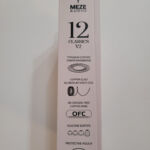








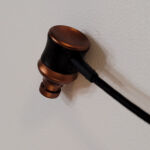





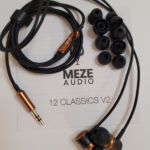















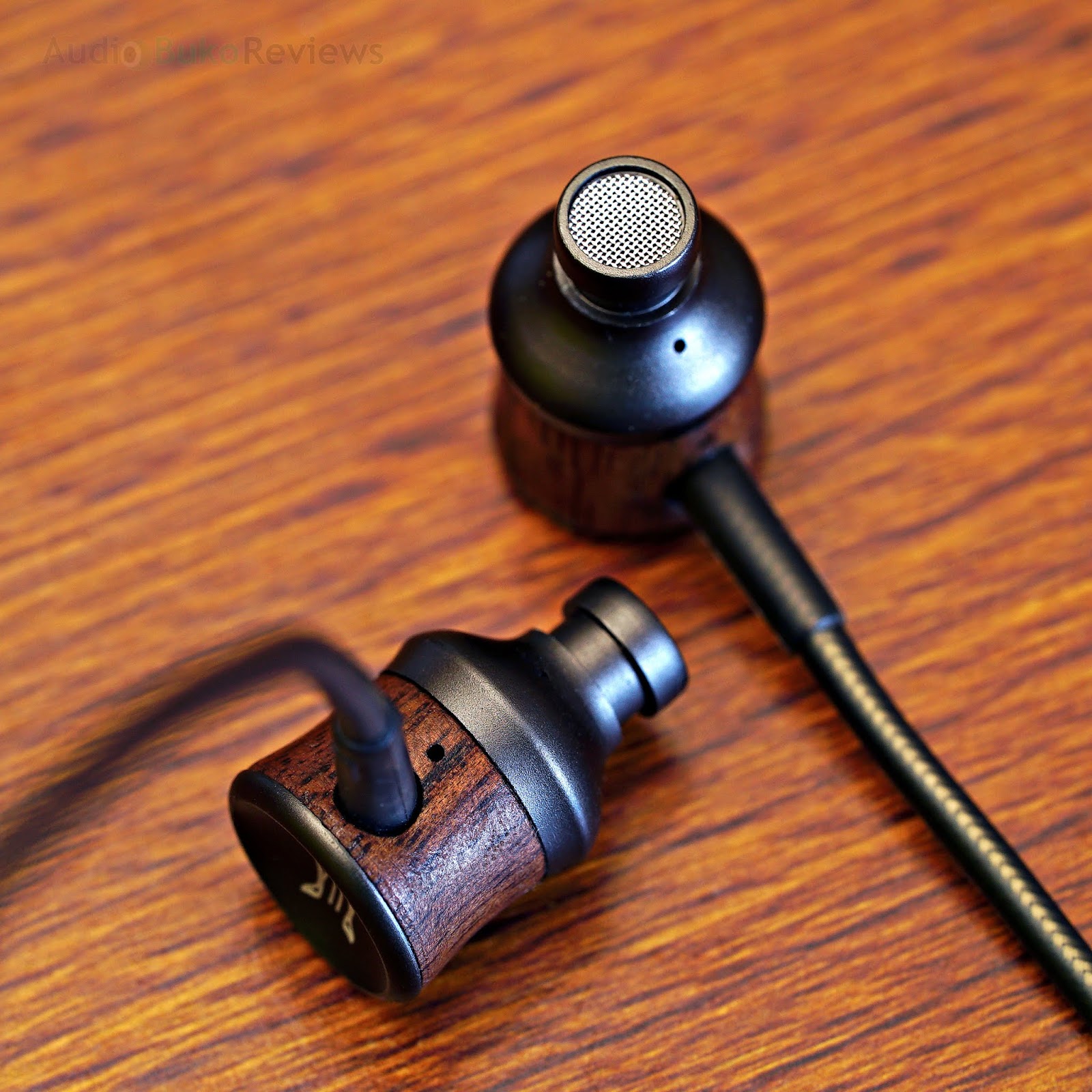






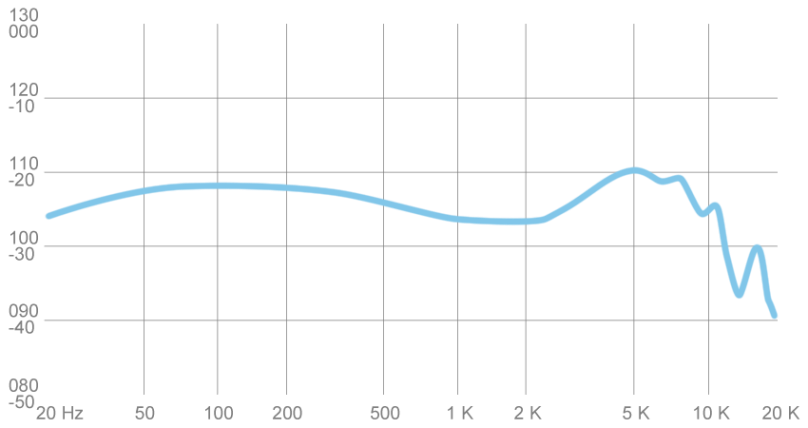





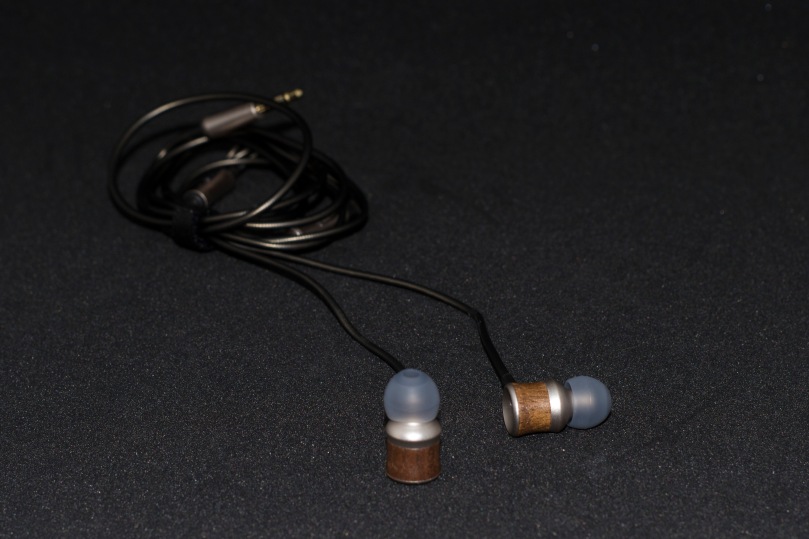





























































![size]](https://accessibleaudio.files.wordpress.com/2016/12/meze12classicschart-12.png[size=15px][/size])







 .
.

































































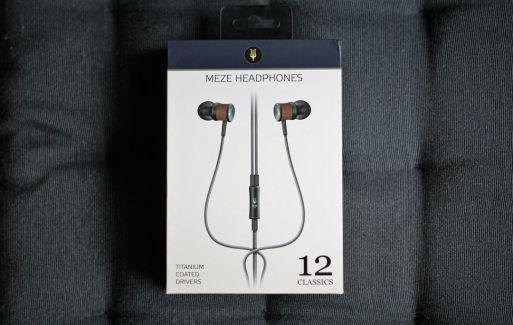




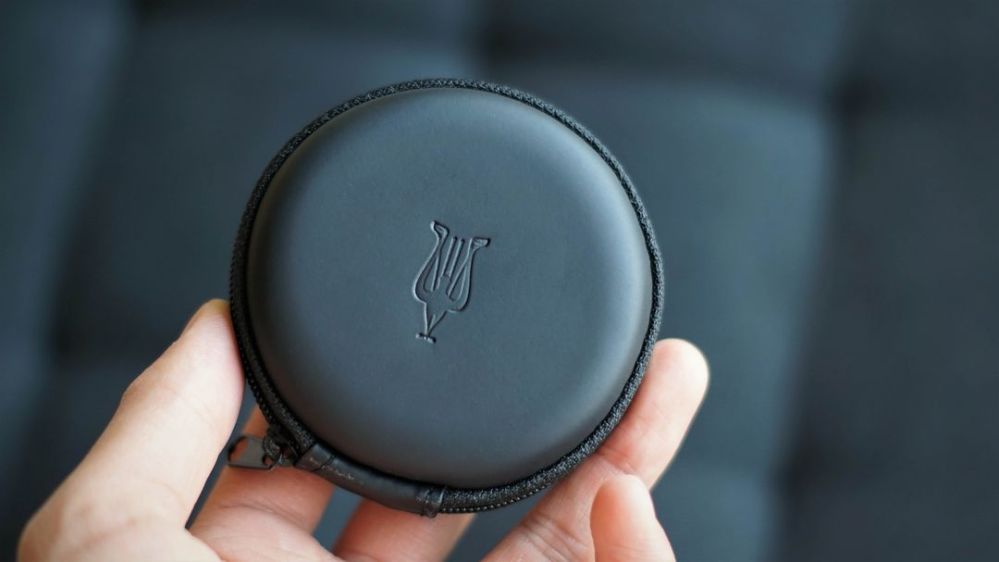
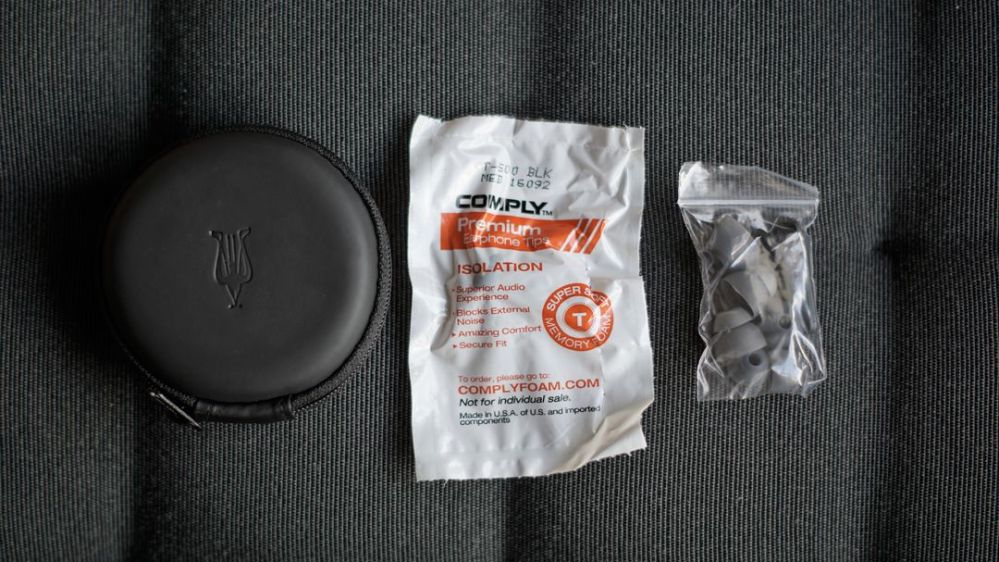


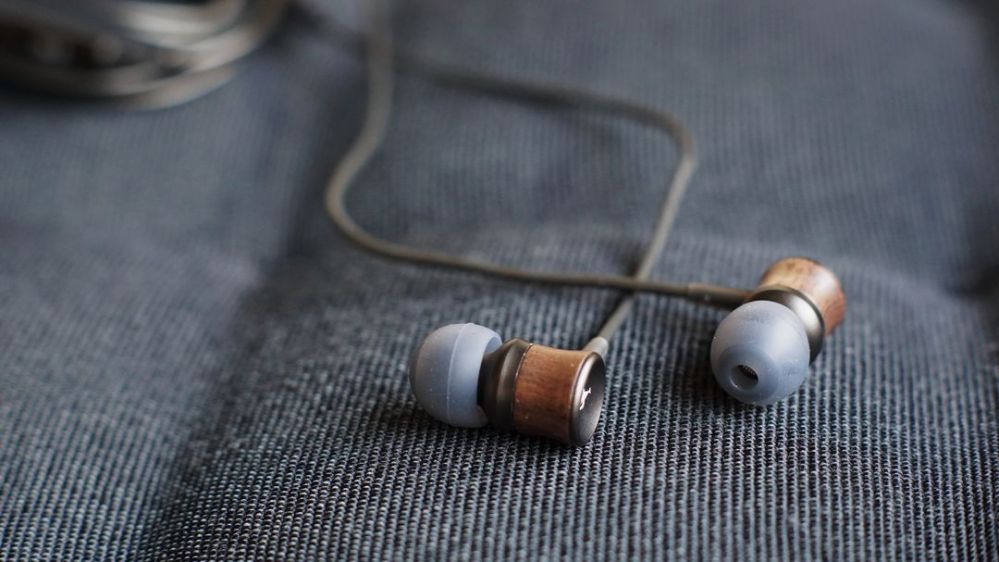
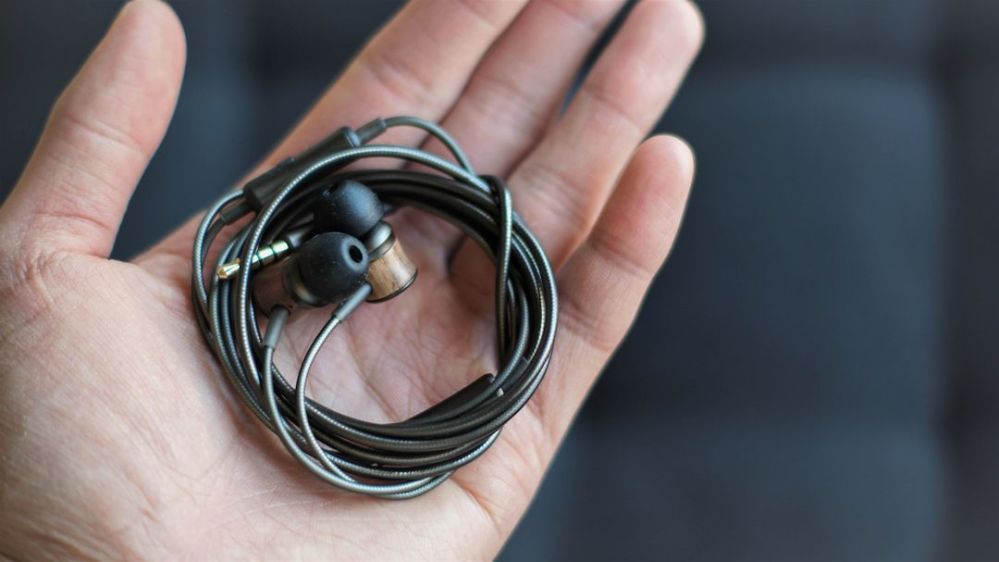
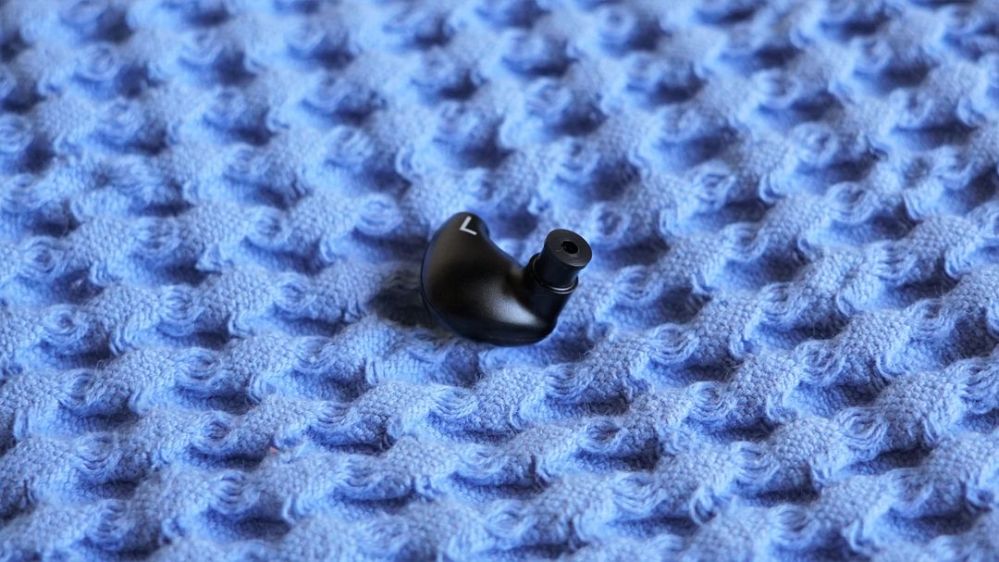
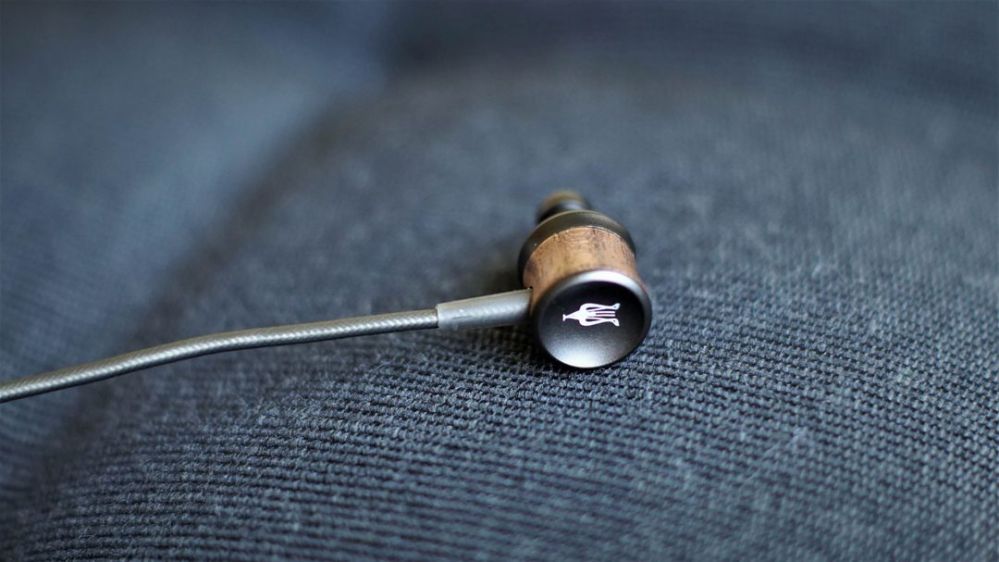
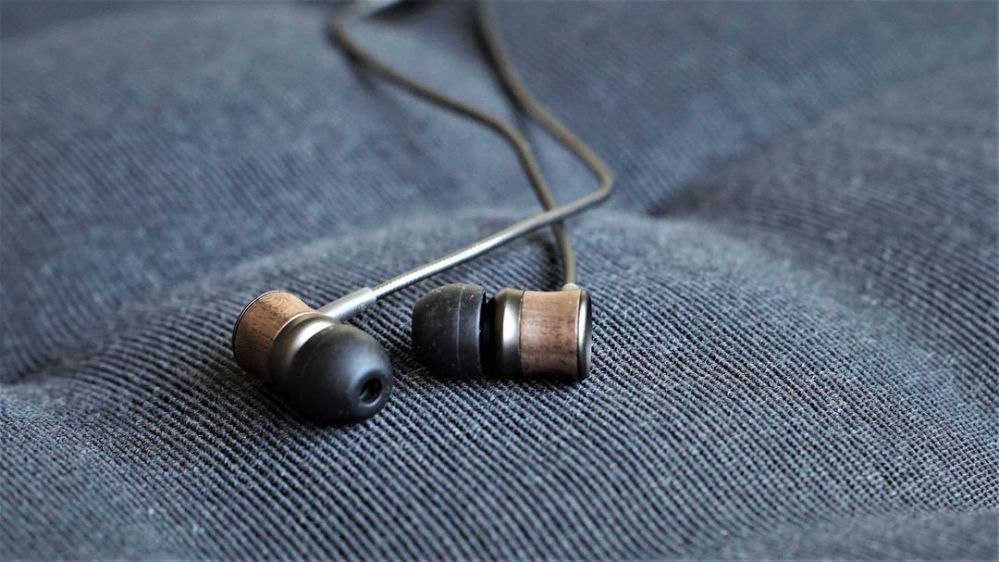
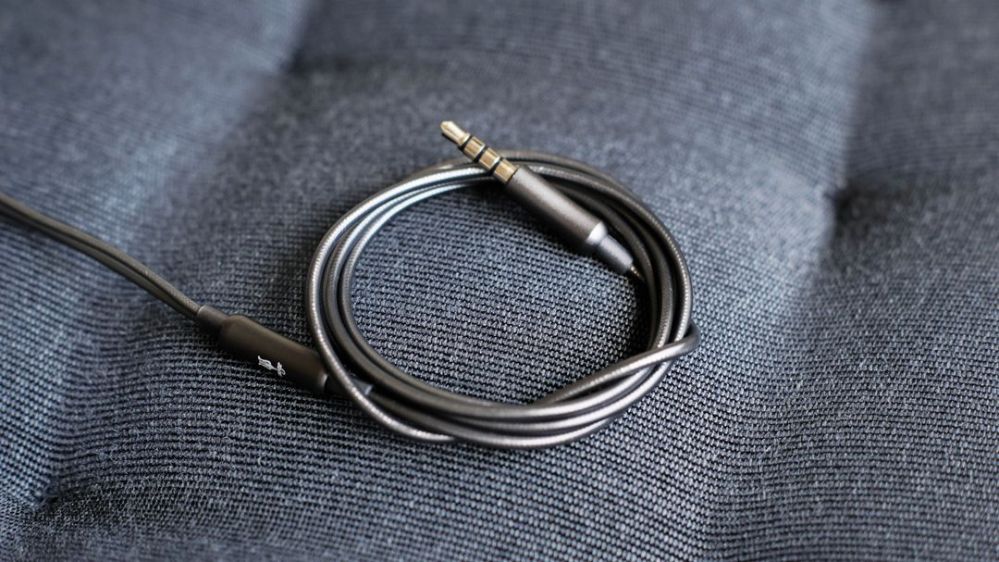
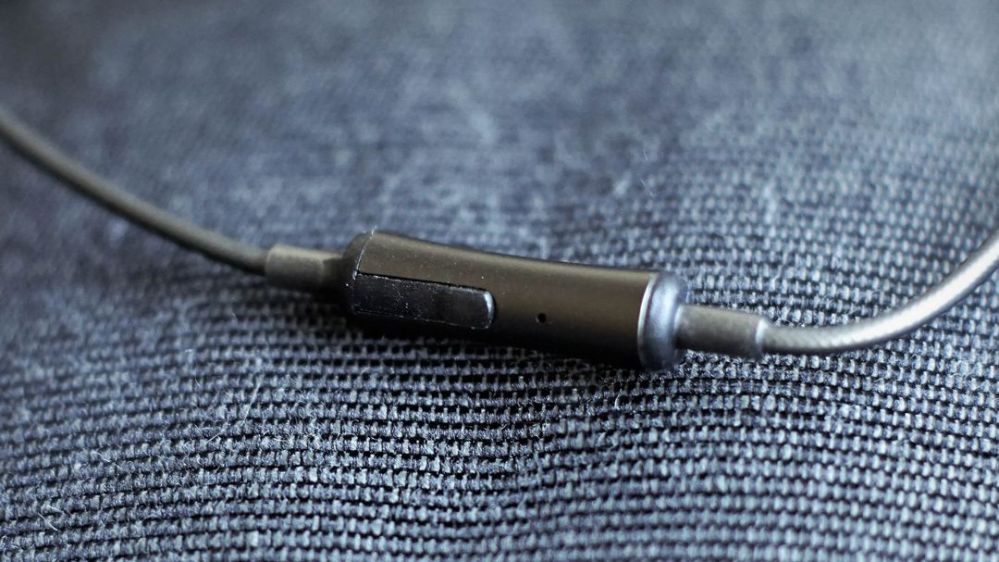


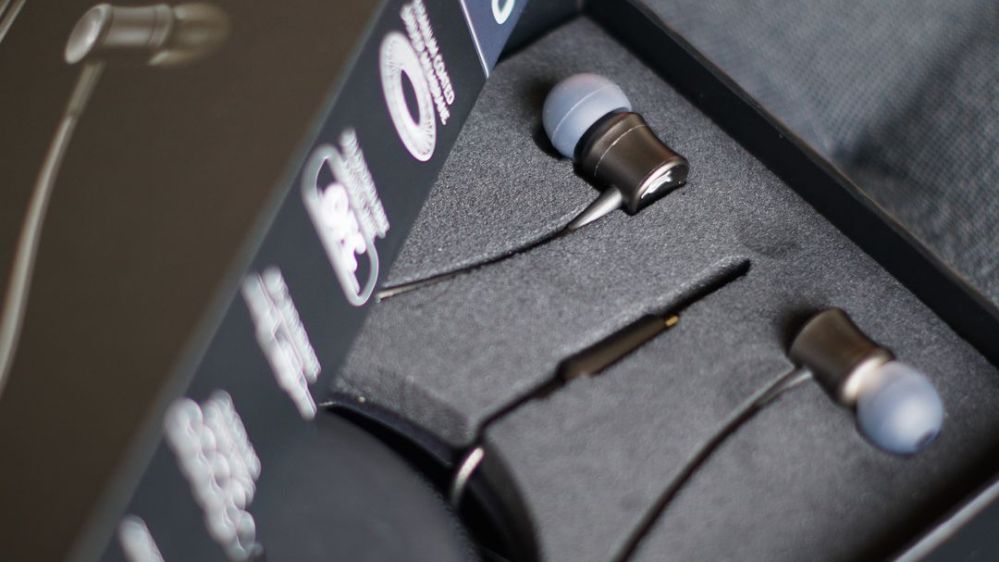
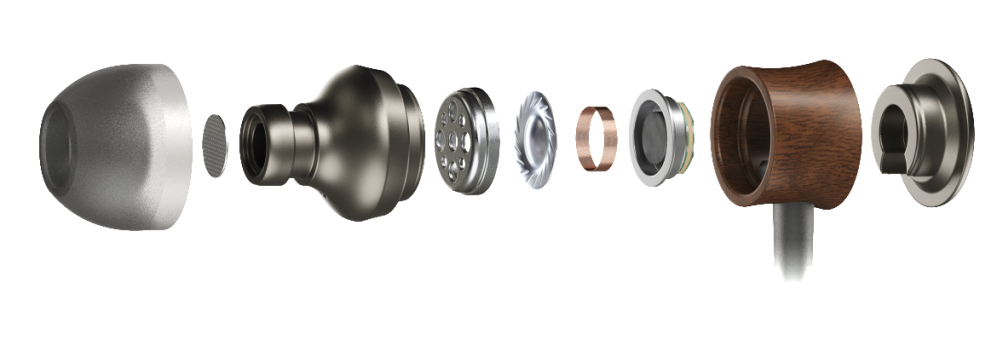

![color]](https://everydaylisteningblog.files.wordpress.com/2016/11/dsc07387.jpg[color=rgb(61, 89, 109)][/color])





